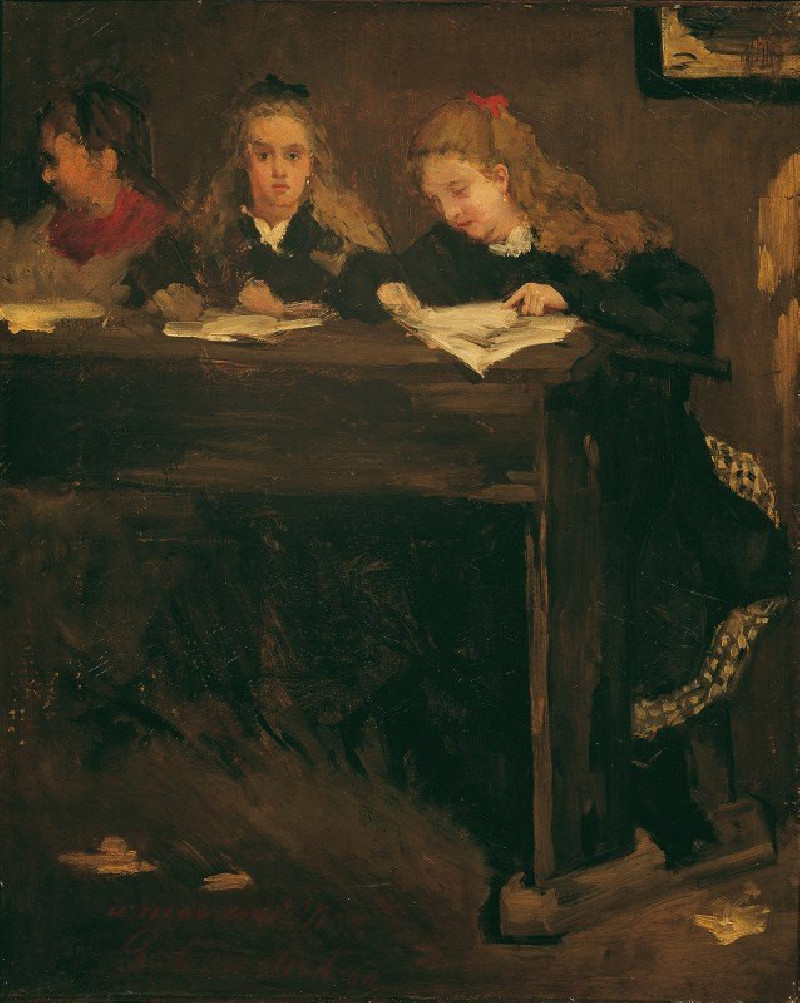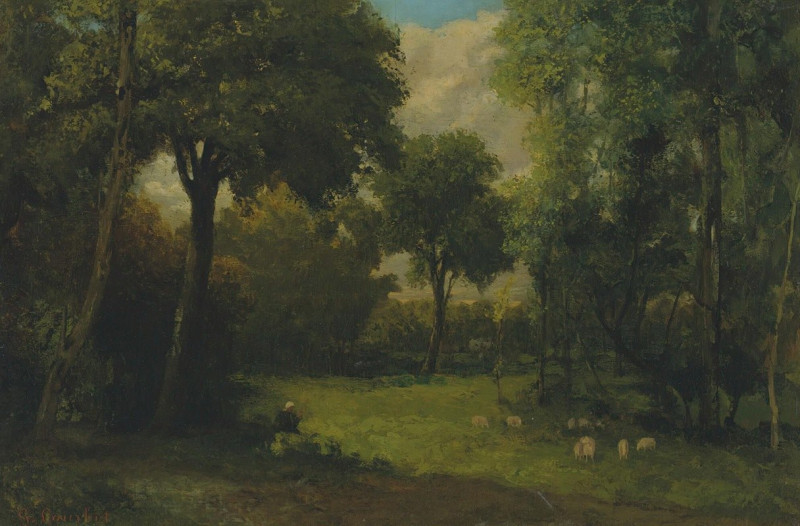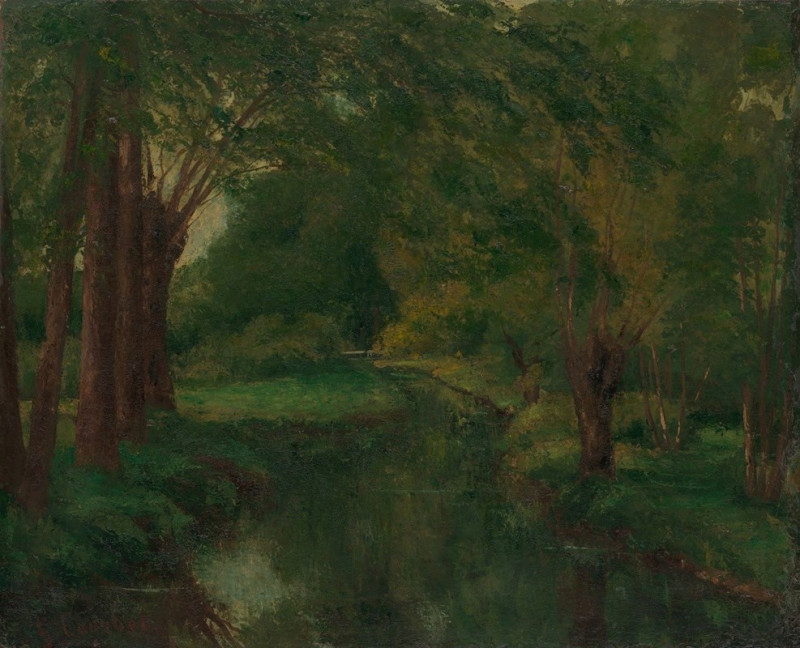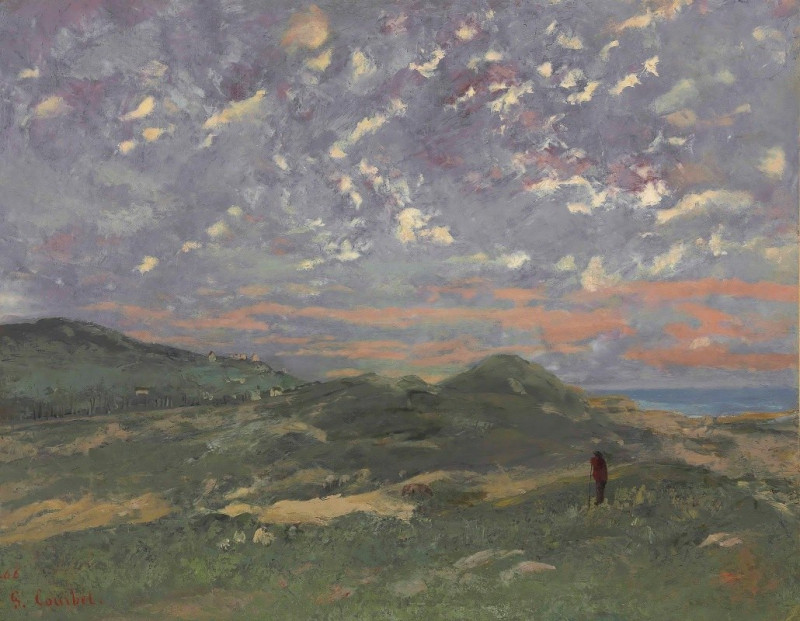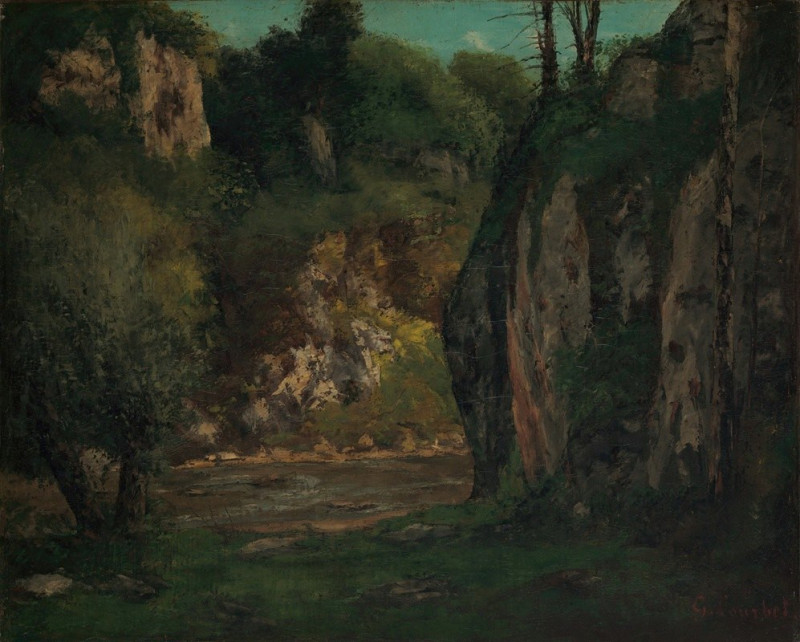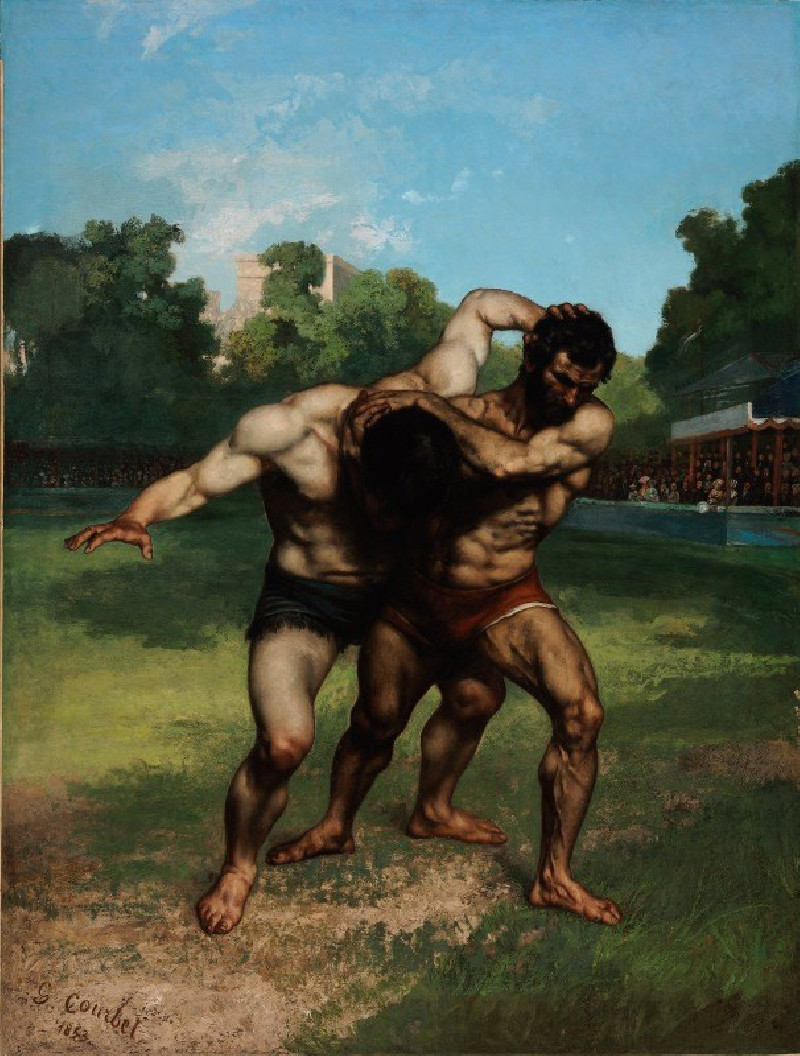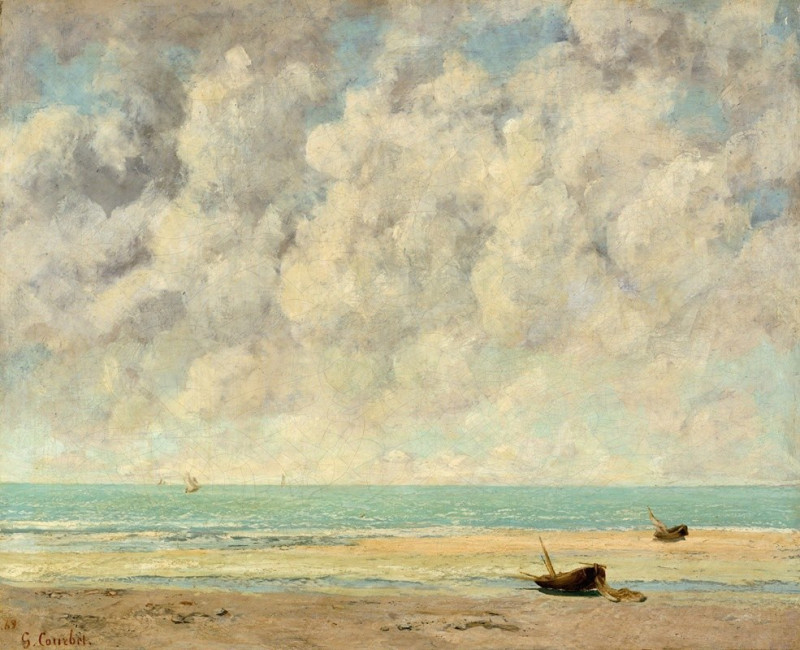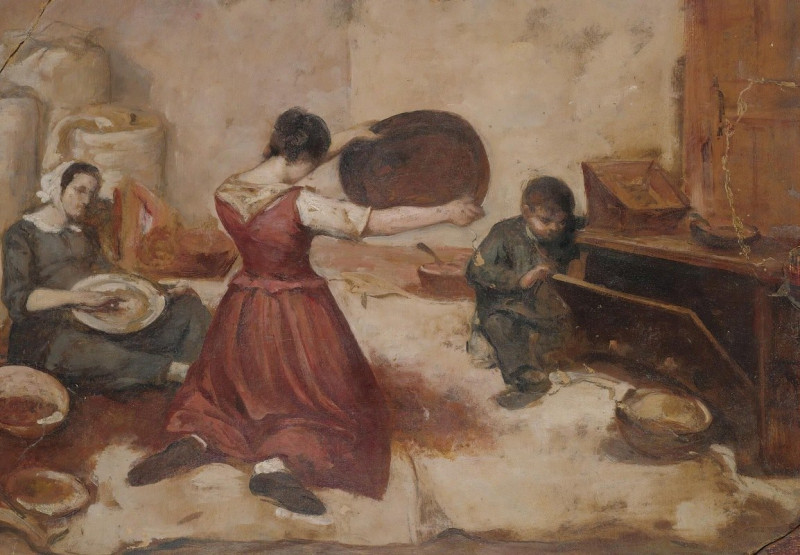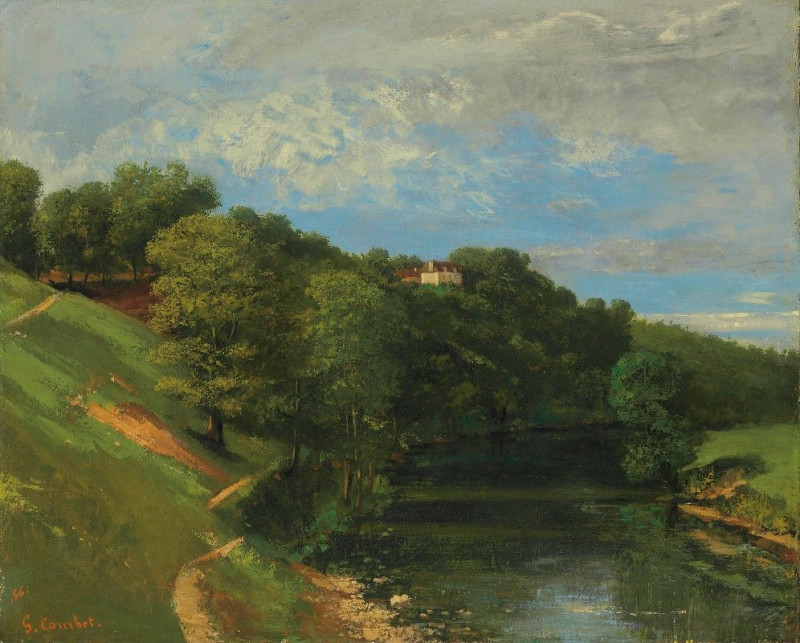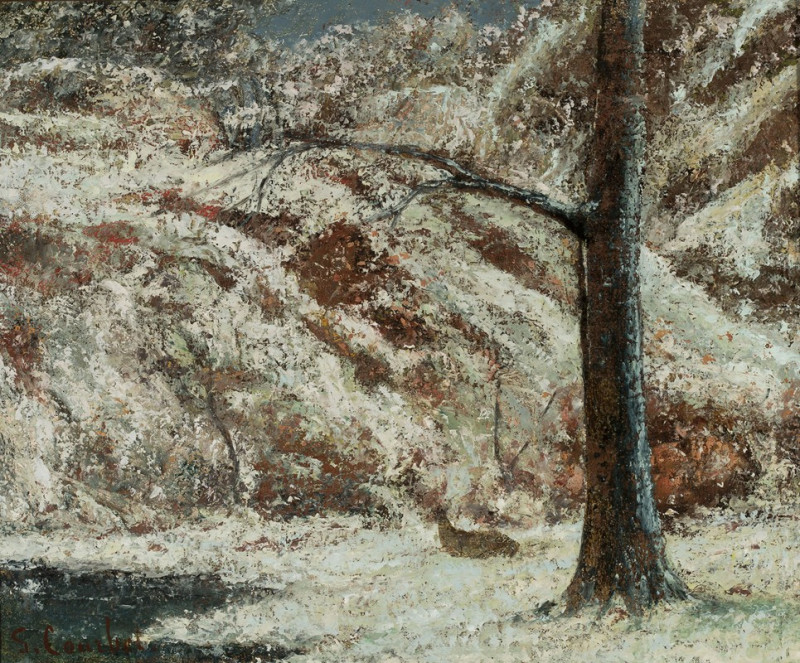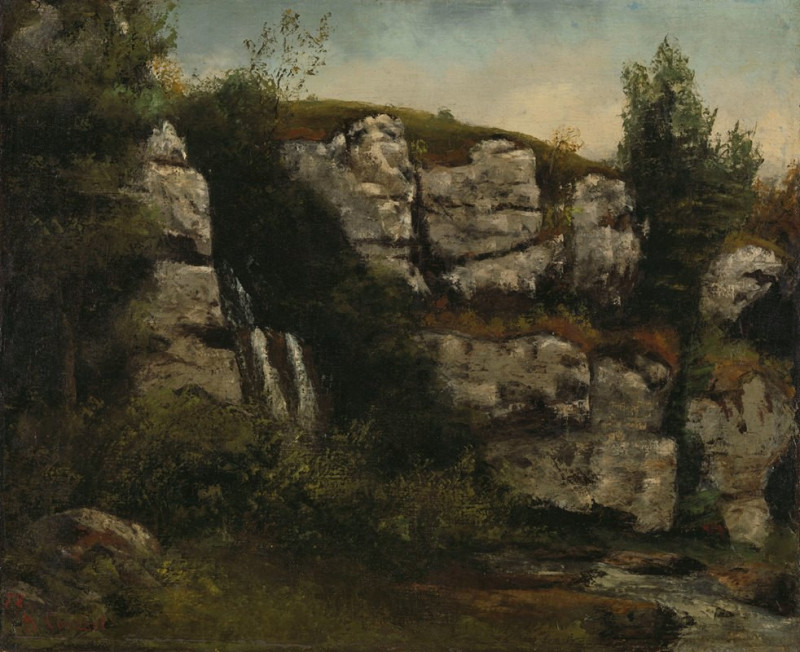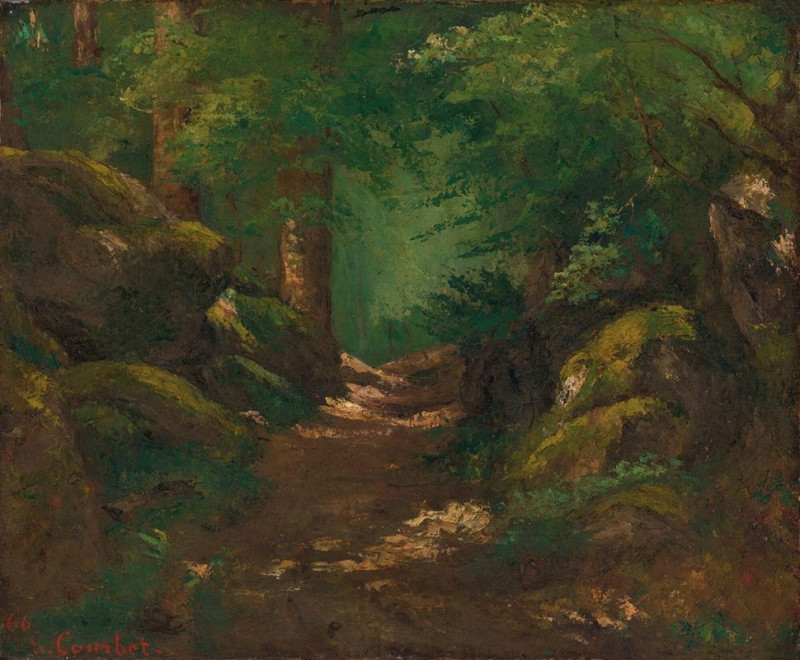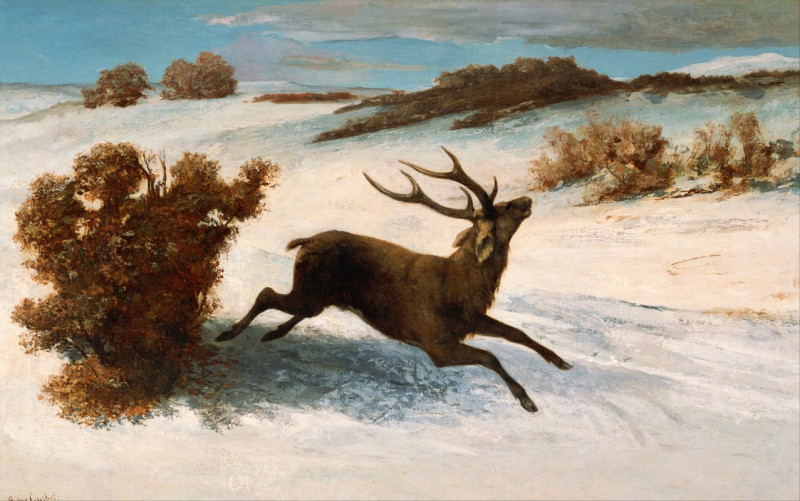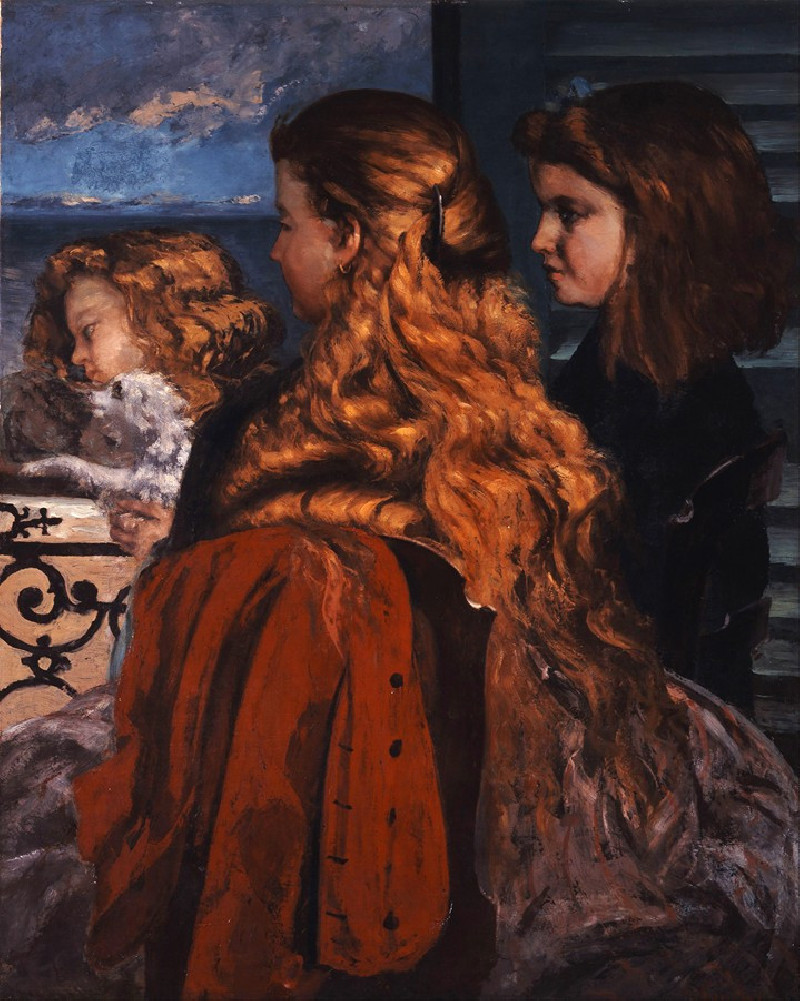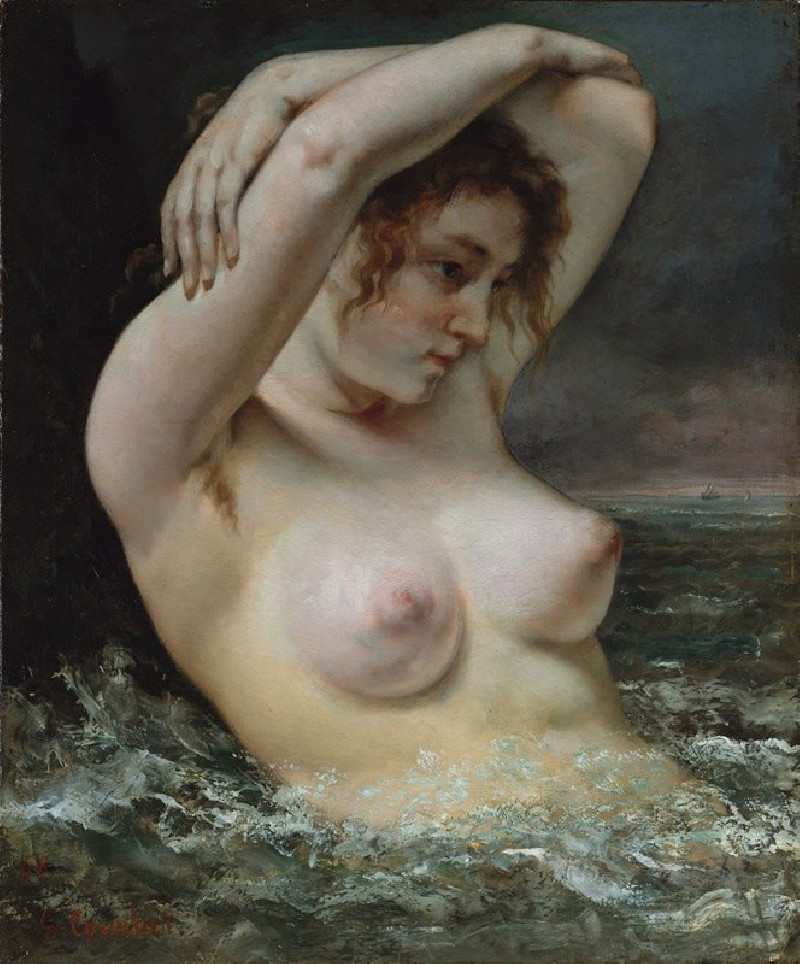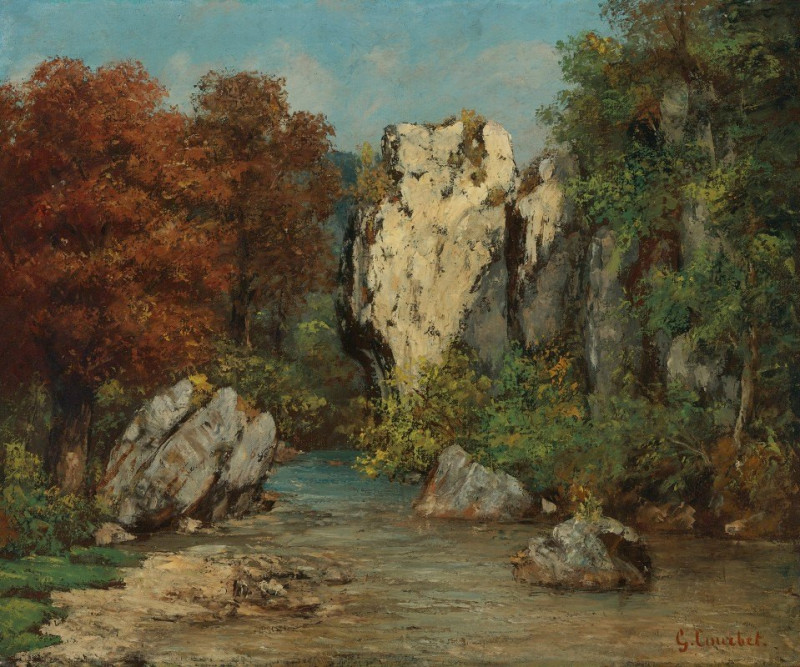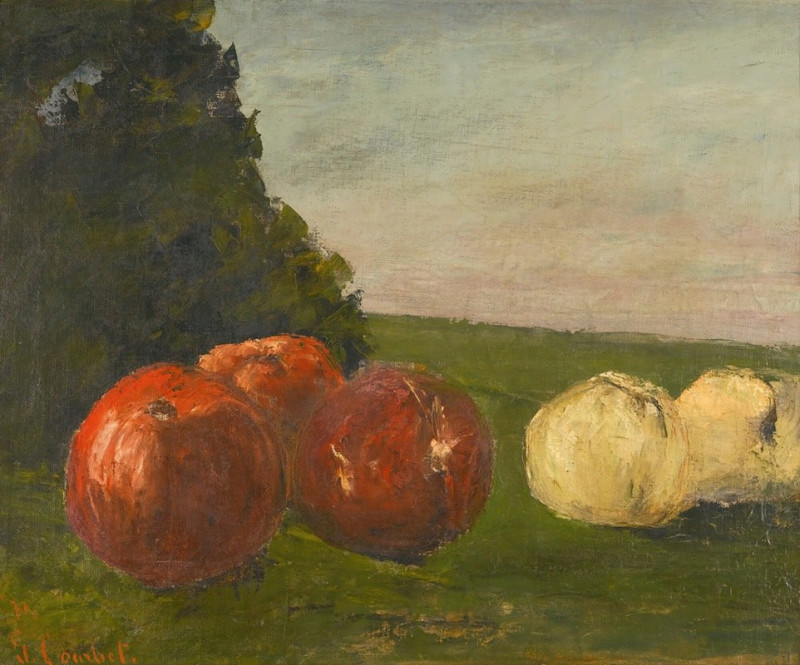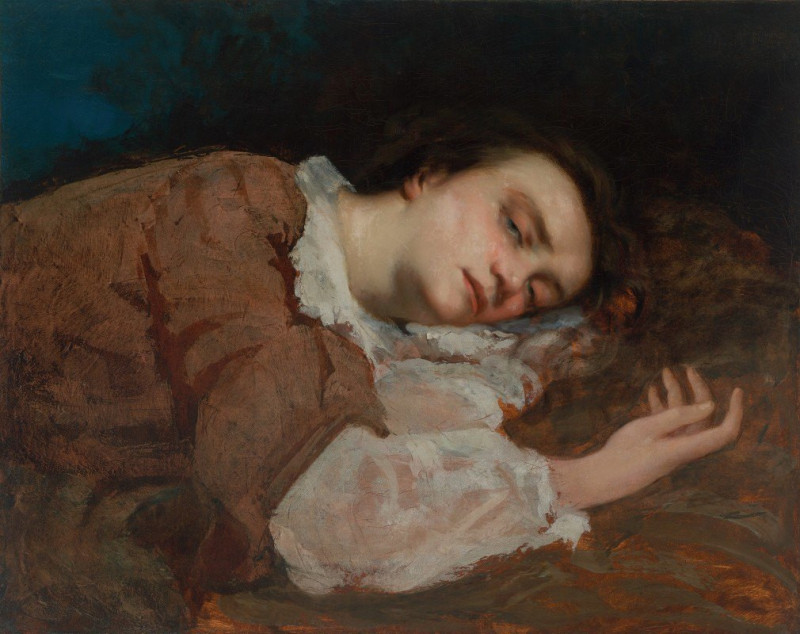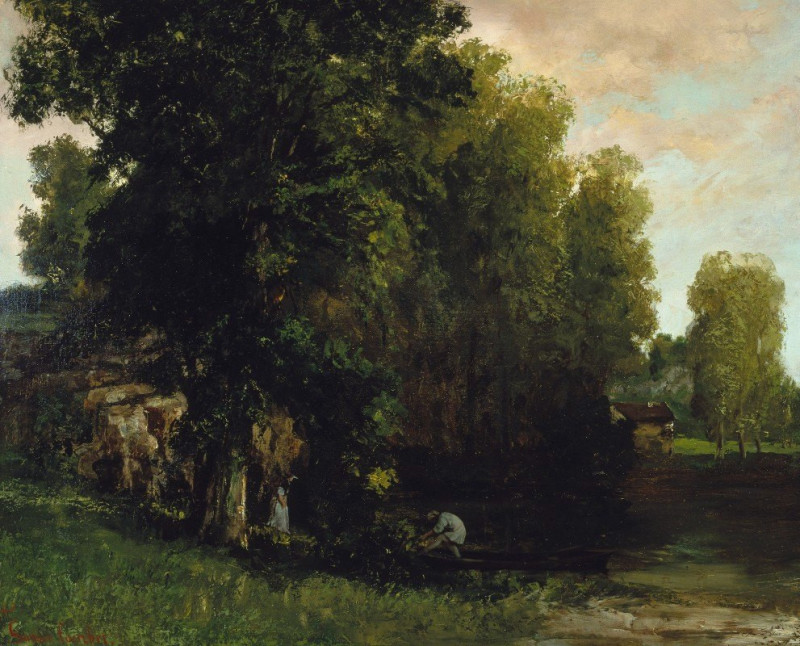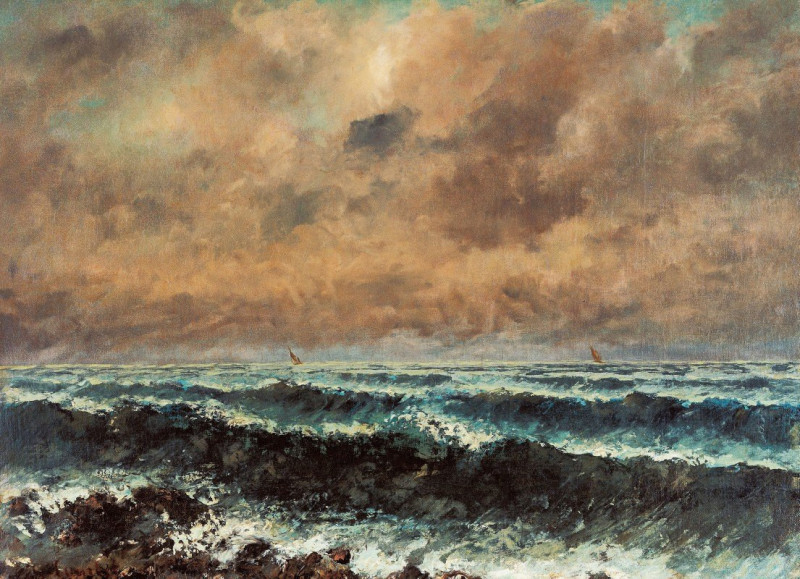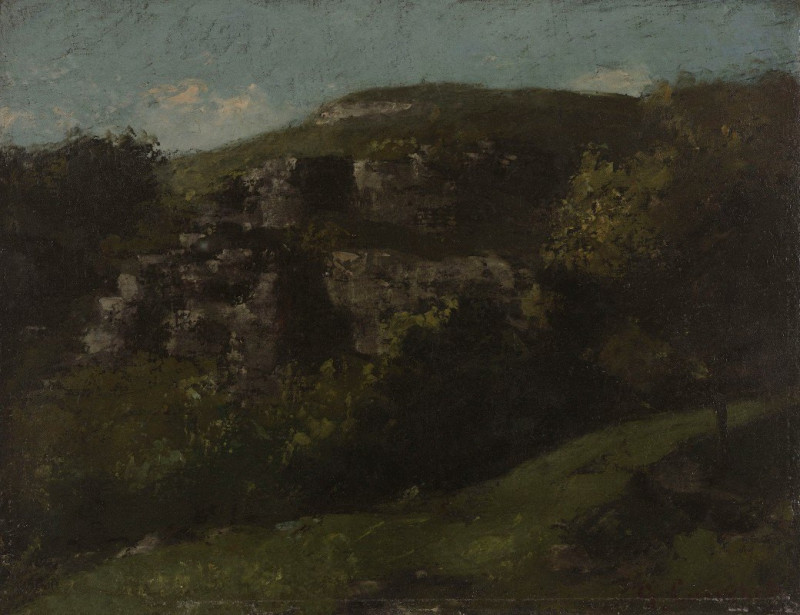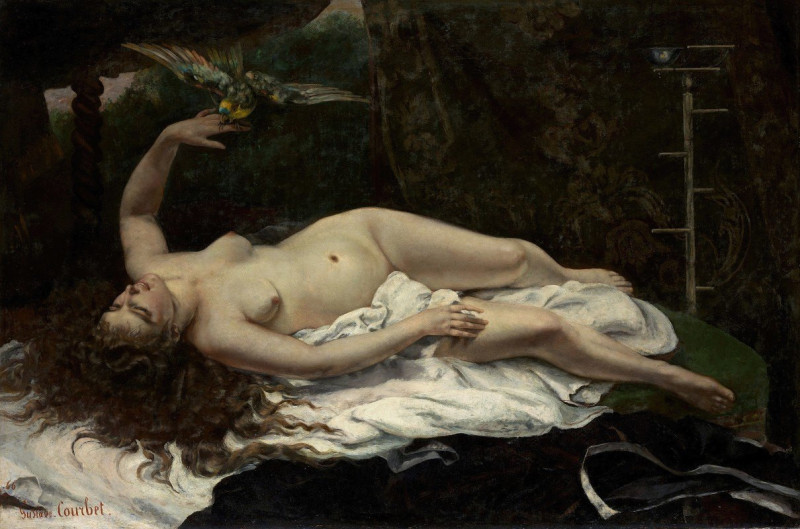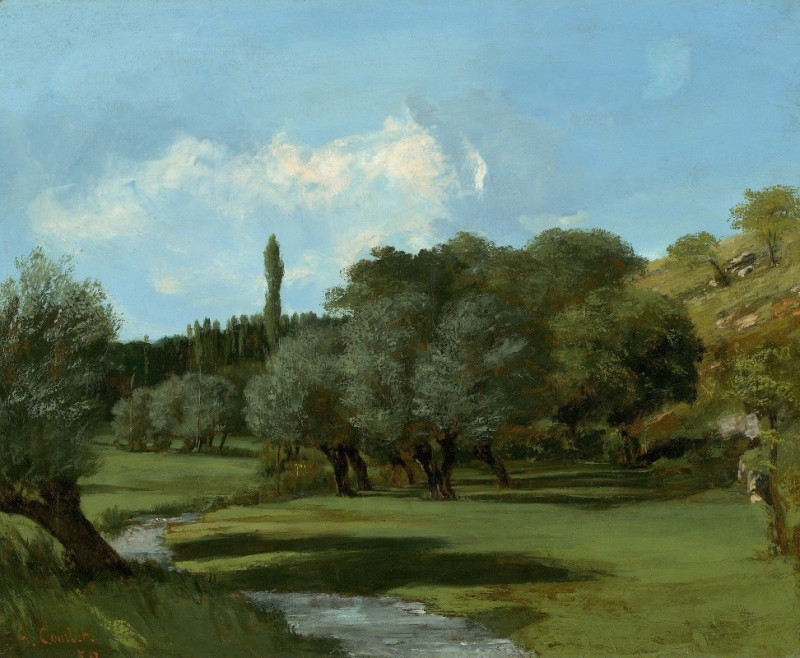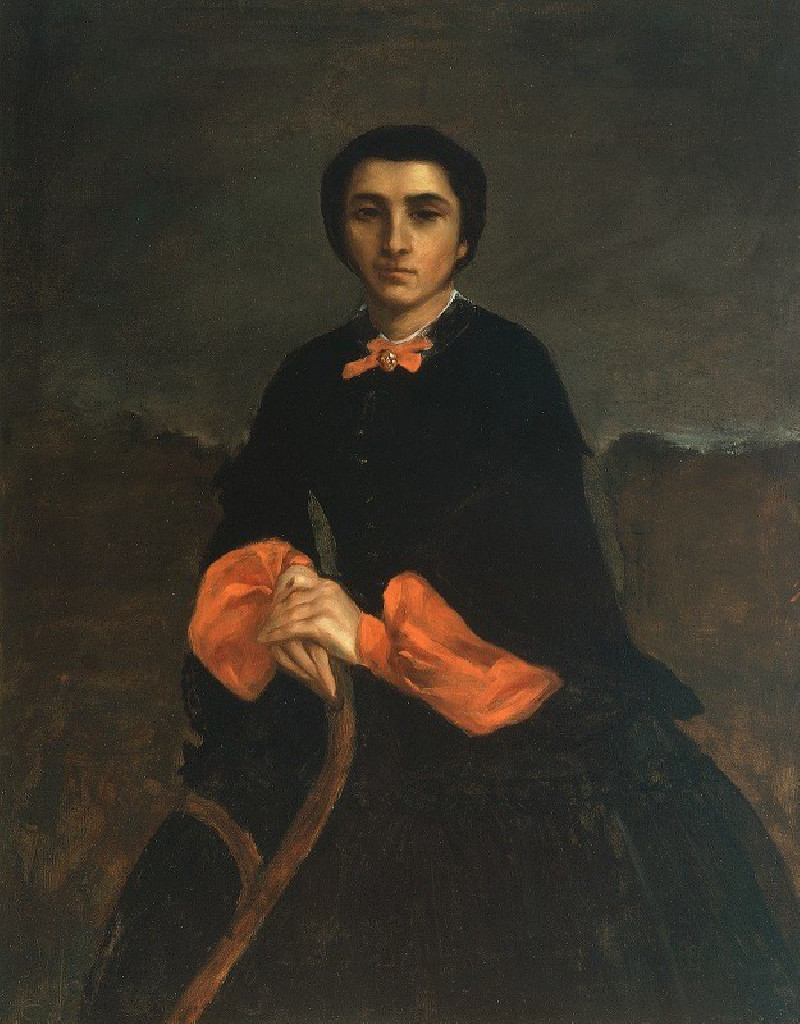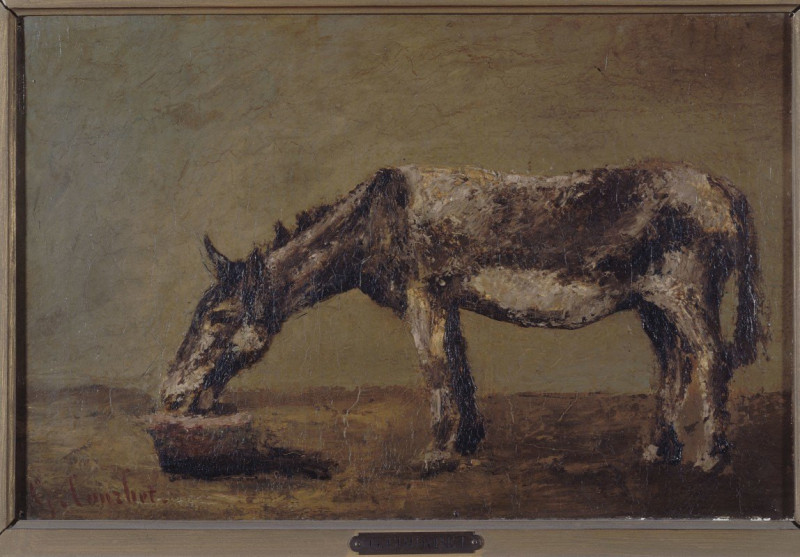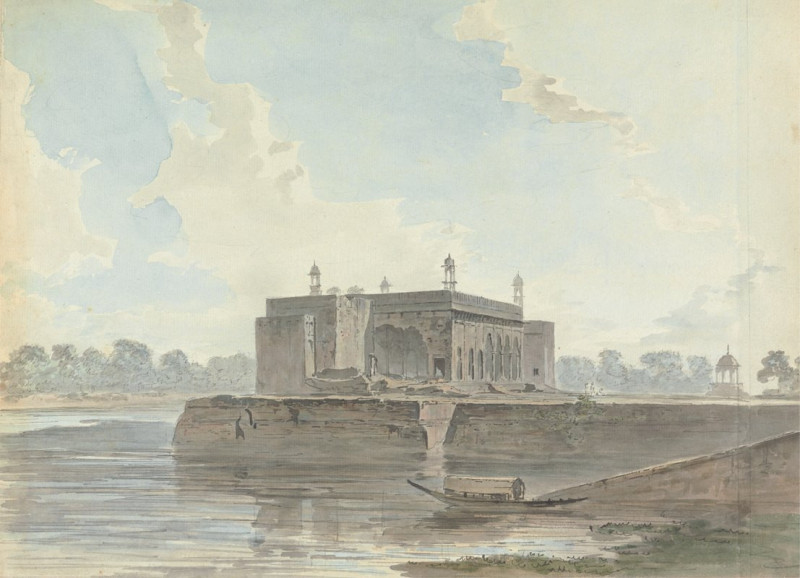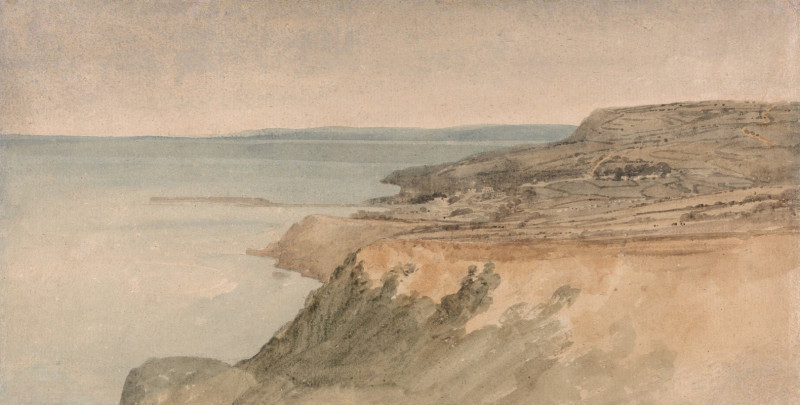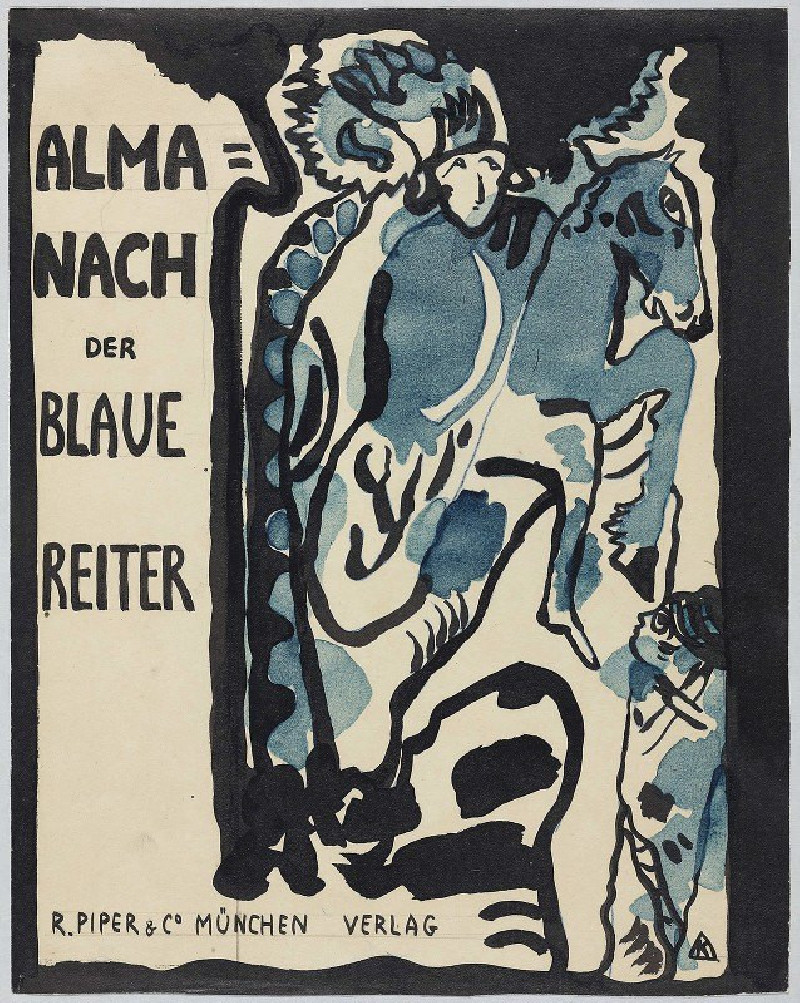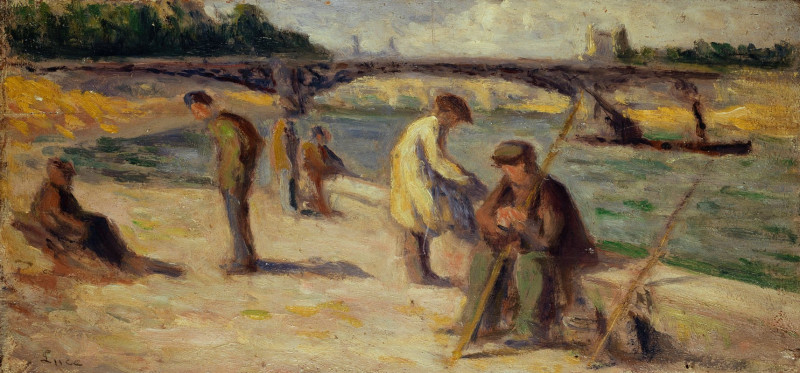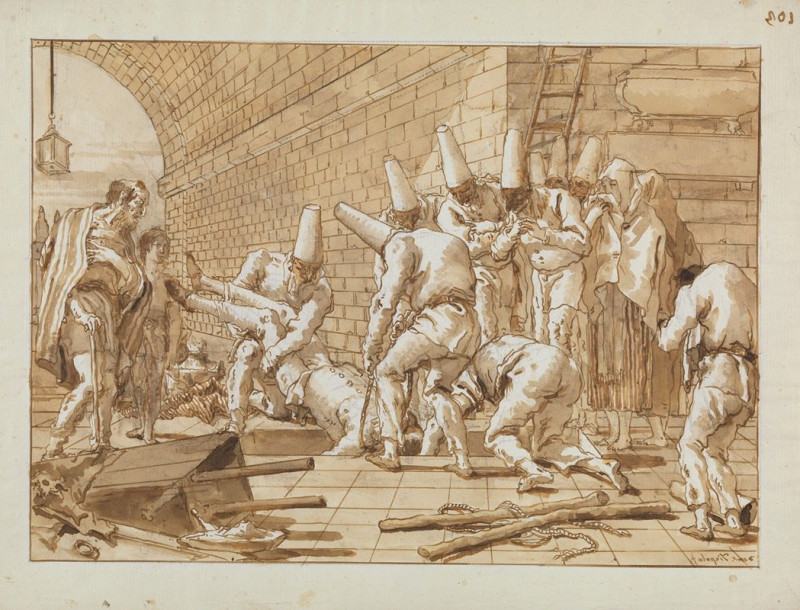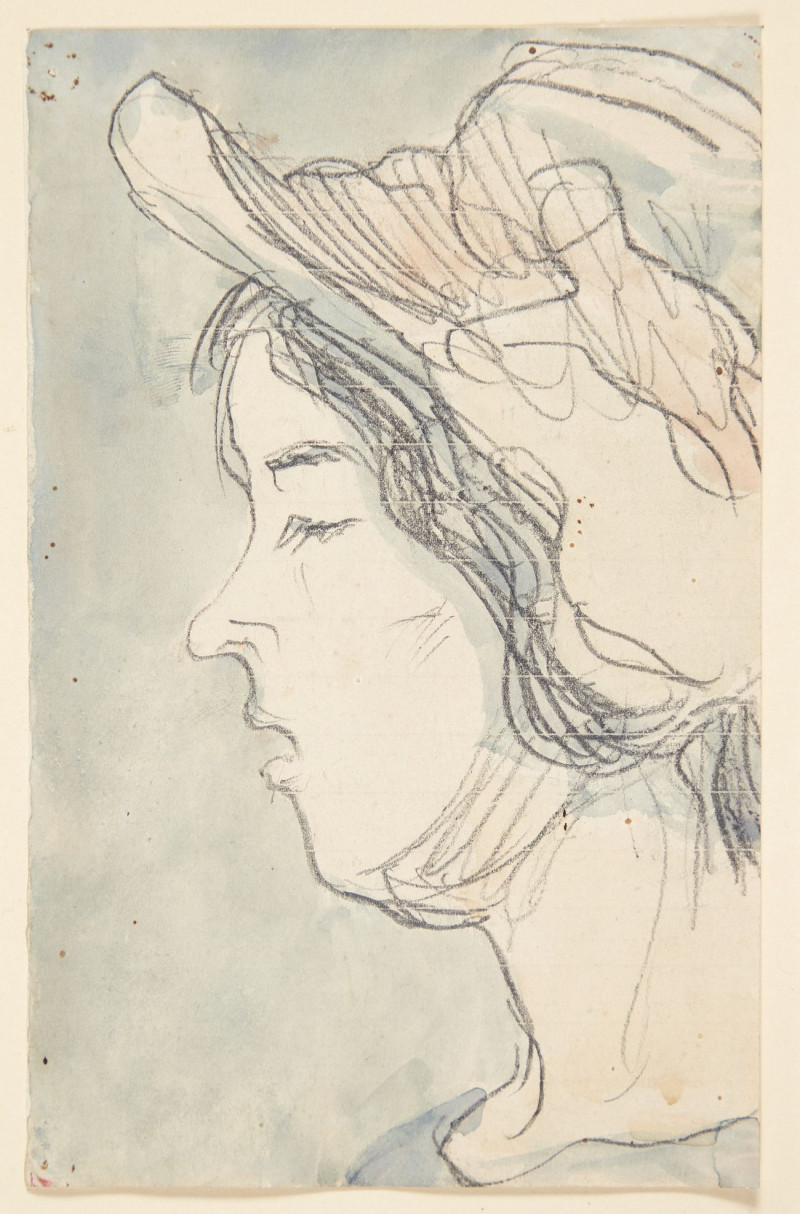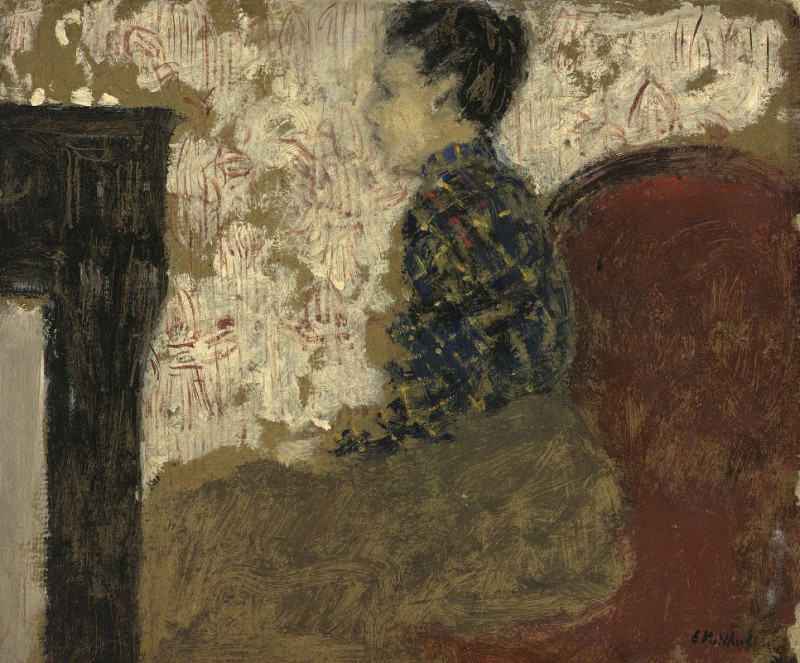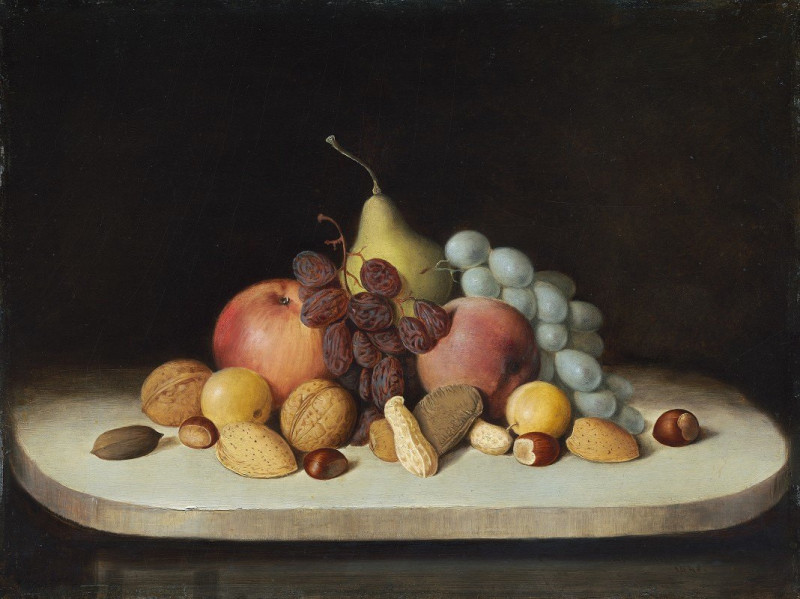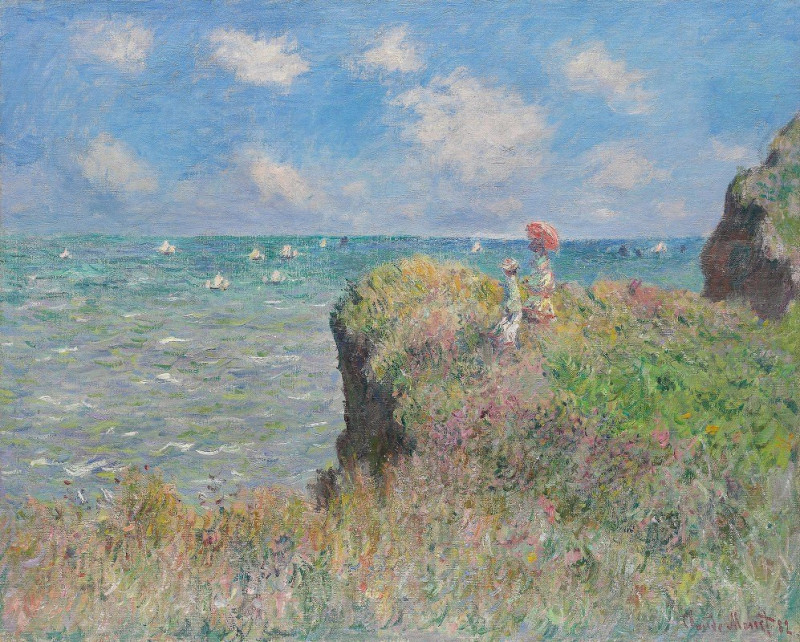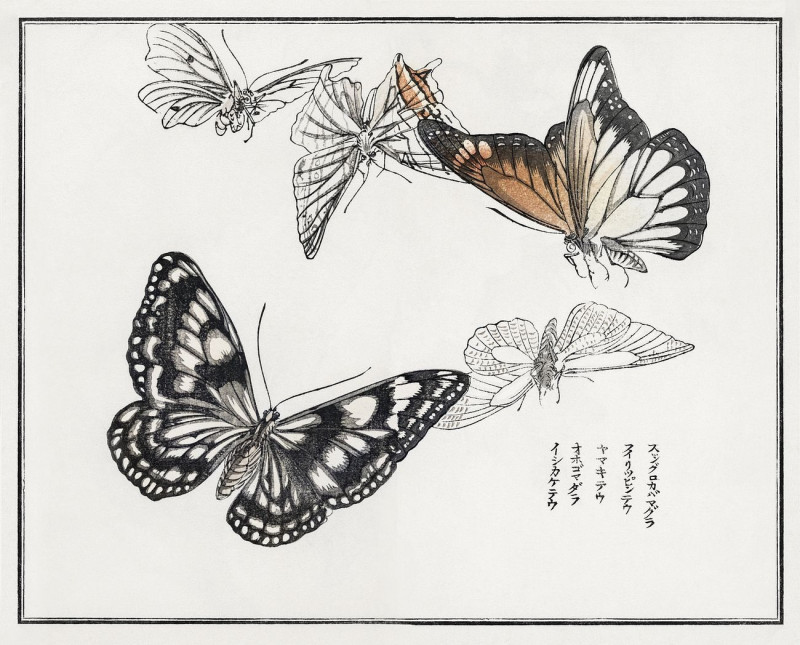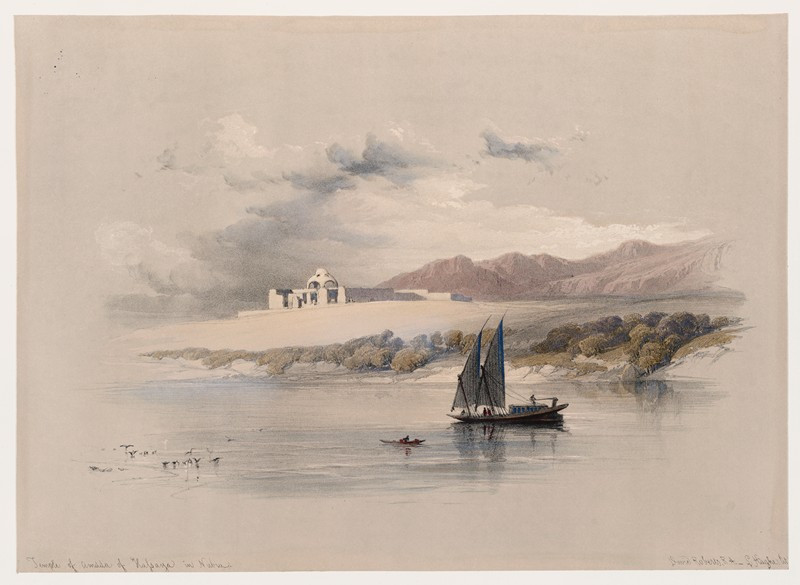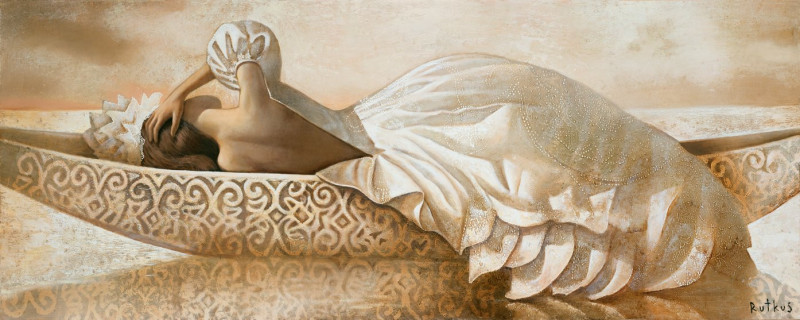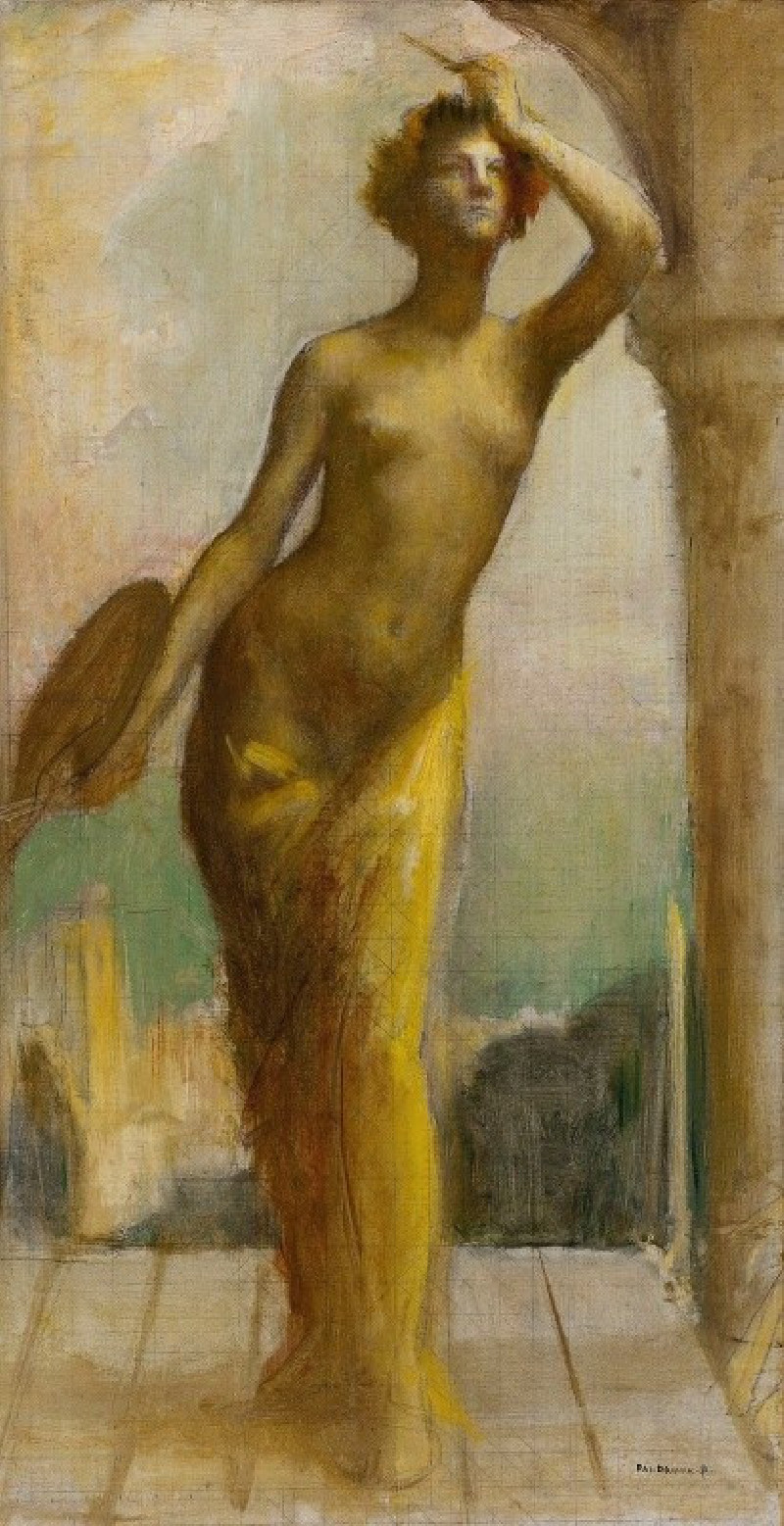The Cliff at Étretat (after 1872)
Technique: Giclée quality print
Recommended by our customers
More about this artwork
"The Cliff at Étretat" is a striking painting by Gustave Courbet, created after 1872, capturing the rugged beauty of the Normandy coast. This artwork vividly portrays the imposing cliffs at Étretat, known for their natural arches and steep formations which dramatically jut into the English Channel.In the painting, Courbet masterfully uses somber and dark tones to depict the massive cliff face, enhancing the natural monument's dominating presence over the serene seascape. The arch, perfectly framed against the light sky, almost seems like a gateway to the infinite, highlighting the timeless struggle between land and sea. In the foreground, two small boats are delicately rendered, suggesting the human scale against nature's grandeur. These elements accentuate the majestic solitude of the scene, inviting the viewer to reflect on the power and beauty of untouched nature.With his signature realistic approach, Courbet not only showcases his deep appreciation for the natural world but also encourages a meditative look at our environments, prompting one to ponder the harmonious yet tumultuous relationship between man and the natural world.
Delivery
Returns
Jean Désiré Gustave Courbet (10 June 1819 – 31 December 1877) was a French painter who led the Realism movement in 19th-century French painting. Committed to painting only what he could see, he rejected academic convention and the Romanticism of the previous generation of visual artists. His independence set an example that was important to later artists, such as the Impressionists and the Cubists. Courbet occupies an important place in 19th-century French painting as an innovator and as an artist willing to make bold social statements through his work.



